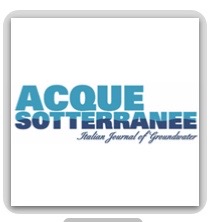Original Papers
15 May 2019
Vol. 8 No. 2 (2019)
Influence of crustal fracturing on the thermal springs and earthquake swarms distribution in the north-east part of the Baikal rift system (Russia)

Publisher's note
All claims expressed in this article are solely those of the authors and do not necessarily represent those of their affiliated organizations, or those of the publisher, the editors and the reviewers. Any product that may be evaluated in this article or claim that may be made by its manufacturer is not guaranteed or endorsed by the publisher.
All claims expressed in this article are solely those of the authors and do not necessarily represent those of their affiliated organizations, or those of the publisher, the editors and the reviewers. Any product that may be evaluated in this article or claim that may be made by its manufacturer is not guaranteed or endorsed by the publisher.
1343
Views
539
Downloads












